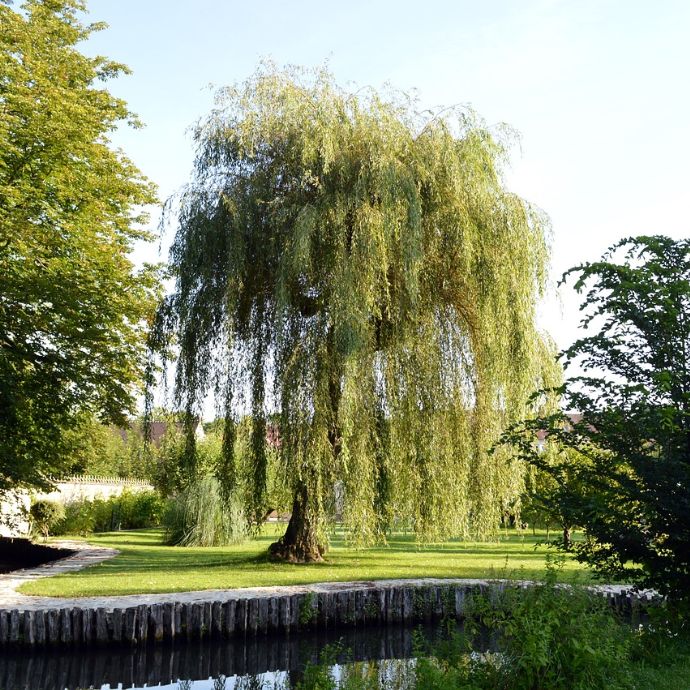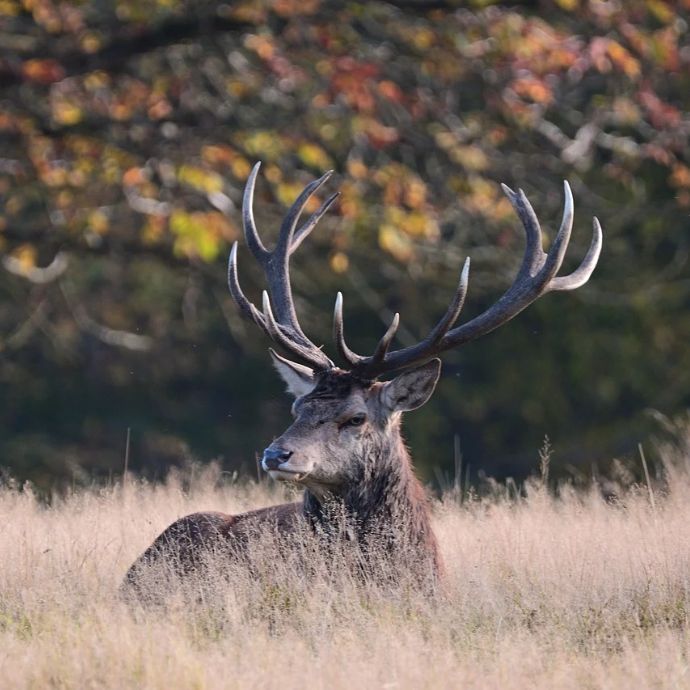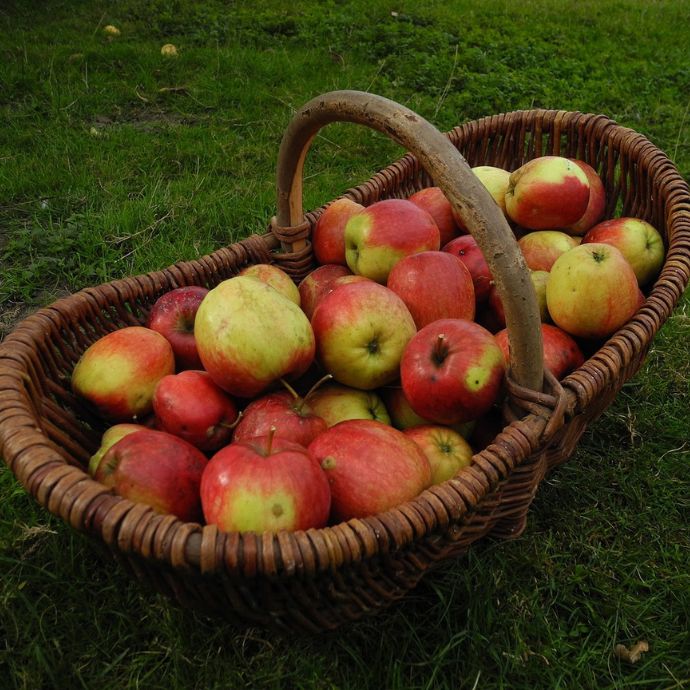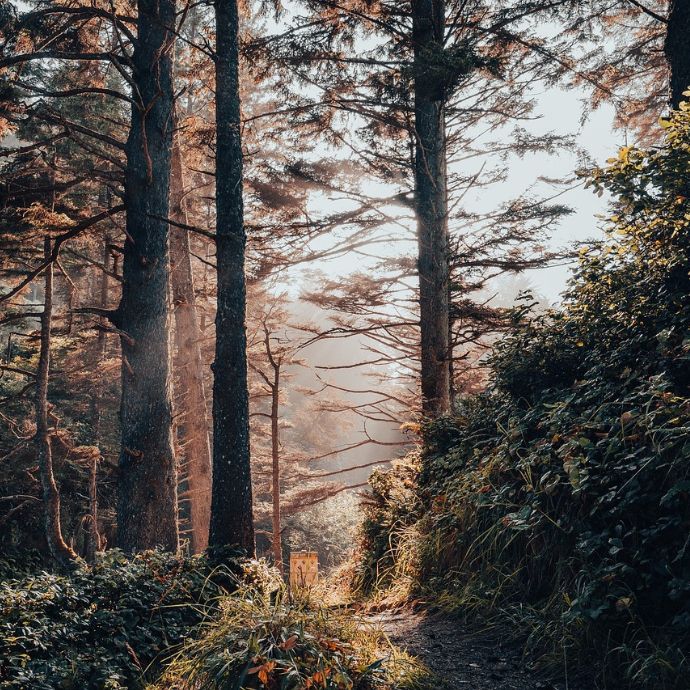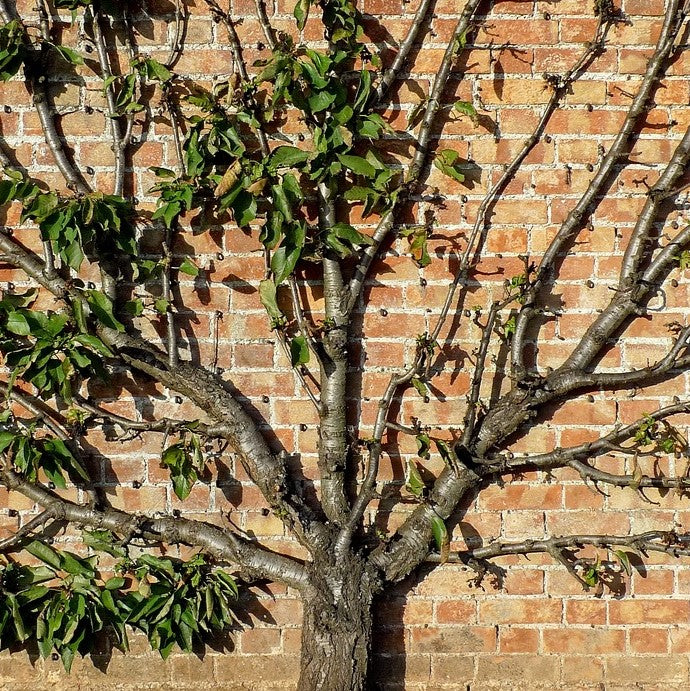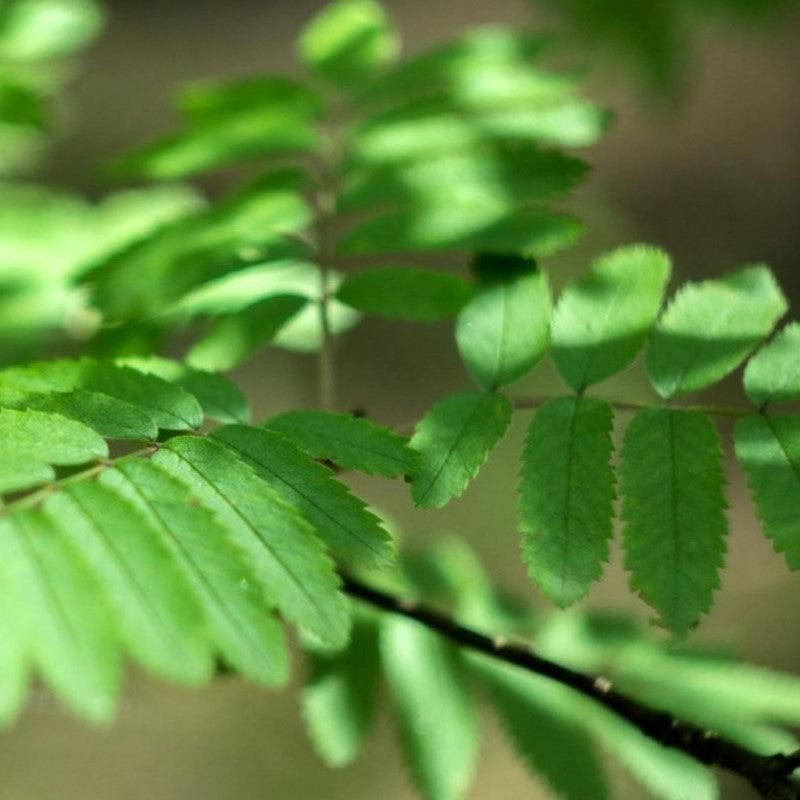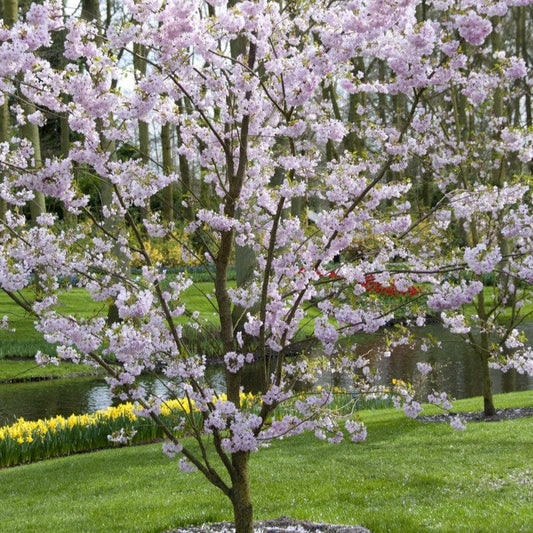Autumn Leaves Come Early? Here’s Why

Yellow leaves on your new tree? It’s perfectly natural, but why does it happen? If your plant’s leaves are yellow or dropping before you expected them to, you might be pondering this exact question. We asked our tree grower Josh to explain why it sometimes looks as if autumn has come early.
Why do leaves change colour and fall?
A tree’s leaves provide nutrients for it to grow by converting sunlight into sugars via chlorophyll in their cells. When the seasons change and there’s not as much sunlight available, the tree starts to conserve energy by absorbing the green pigment (chlorophyll) from the leaves into its roots, and the other leaf pigments - yellow carotenes and red anthrocyanins - are revealed.
When the leaves are no longer functional, the tree sheds them to make way for new ones the following spring.
Sometimes this happens earlier in the season than you might expect, for a number of reasons.
1. New trees need to conserve their energy
Just as small children need more sleep than adults (although they often take some persuading on this point), your young tree needs to do some growing before its root system and energy reserve are as developed as those of a mature one. It simply needs a little time to grow and develop its energy reserves - this will start happening as soon as you plant it, and you should see the leaves turning later the following year.
2. New trees feel the cold more
Young trees are naturally more sensitive to temperature changes than established trees, especially if they’ve been carefully nurtured in a warm environment. Josh says “most plants, because they started the year in our glasshouse and because they are potted, go into autumn a lot earlier than plants planted in gardens.” Don’t worry - once your tree is in your garden and has a chance to toughen up, you should find that the leaves change later in the following year.

3. Some trees lose their leaves earlier than others
Some tree species naturally shed their leaves before others, so if your new tree is different from those already established in your garden, its leaves may start to drop before or after theirs.
4. Climate and seasonal variations
Sometimes leaf fall happens earlier in the season than the previous year, and this is due to variations in the weather. For example in 2022 when there was very little rainfall in late summer, trees in the UK were widely reported to be changing colour and losing their leaves in August. What was happening was that the trees were conserving their limited food reserves by shedding their leaves, meaning they could concentrate their energy into their roots and branches. In a particularly cold year you might see more yellow leaves as low temperatures destroy chlorophyll (the green pigment in leaves). In a warm, dry autumn you’re more likely to see red leaves as chlorophyll production stops but anthocyanin (red pigment) production increases in these conditions.
5. Pest or disease damage
Occasionally, leaves falling or yellowing can be a sign that something’s wrong with the tree. When they’re under stress in this way, trees can tactically shed some leaves in order to put all their energy into getting healthy again. Because our growers keep pesticide use to an absolute minimum, your plants may sometimes show the effects of the insects that make up part of the nursery ecosystem.

As you can see on this picture, there is some leaf damage from a leaf miner. Josh says “as a nursery we are trying to reduce our reliance on insecticides and fungicides, using integrated pest management. As these animals are beneficial to plants in general, we would absolutely avoid doing anything to harm them. Although the cut leaves may look unsightly, there is little to no effect on the tree’s general health.”
The same goes for marks on the leaves, as seen in this picture.

“At the end of summer,” Josh tells us, “the plants in the nursery start changing and going into their dormancy period. Leaves start to shut down their immune systems and small infections and fungi are able to infect the leaves. So as autumn colours appear, so do leaf spots and other blemishes on the leaf surface. All are natural and regularly happen every year throughout the UK.”
They may leave marks, but signs like these show that your plant has been grown in a healthy and natural way, with each part of the ecosystem playing its unique part in building up the plant’s immune system for the long term.
“We try to ensure all plants leaving the nursery are as healthy and disease free as possible,” says Josh, “we’re inspected by plant health to ensure any controlled diseases are not present on the nursery and we also carry out regular crop walks ourselves to pick up any issues before they become serious.”
Ultimately, says Josh, “Plants received in the autumn may not arrive full of life and may have marks and blemishes, but with deciduous plants we are lucky enough for them to rejuvenate themselves in the spring and start afresh.”
If you have any questions about your new plant, please do get in touch with us and one of our experts will be able to help.Last updated: 13/11/2023


